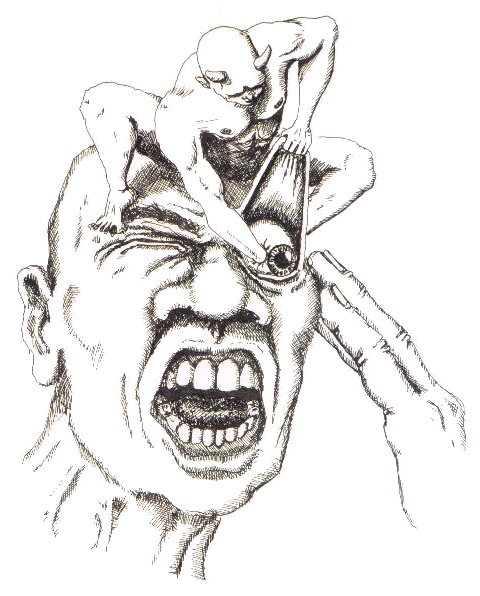


Joseph R. Anticaglia MD
Medical Advisory Board
Pain affects more Americans than diabetes, heart disease and cancer combined. It’s the most common reason people make an appointment to see their doctor. More than 25 million Americans live with chronic pain and one in every four Americans have suffered from pain that lasts longer than 24 hours.
It’s an unpleasant sensation (ouch!) that happens, for instance, when you prick your finger with a needle. Pain receptors send messages to the spinal cord which relays the messages along the nerve pathways to the brain.
Pain intensity can run the gamut from a mild headache to a cluster headache or to kidney stones causing you to double over in agony and vomit. And, the annual cost is huge, up to 635 billion dollars a year in the U. S. according to a Johns Hopkins report in the Journal of Pain.

The response to pain differs remarkably depending on one’s previous experience with pain, the emotional makeup of the individual and the person’s cultural and social background. The physical and emotional components of pain are gradually being disentangled by scientists to better understand how we sense pain. There are several ways to classify pain.
Acute pain is a symptom of tissue damage due to disease, inflammation or injury. It comes on suddenly and it can be sharp, jabbing or throbbing in nature. Often, there is a specific cause for the pain, for example, a cut finger which usually resolves with the healing process. It can last from a few days to several weeks-not longer than six weeks. At times, acute pain can turn into chronic pain.
Some Causes of Acute Pain:
Chronic pain is ongoing pain that persists for three or more months. This type of pain can be caused by tissue damage due to, e. g., cancer or arthritis. At times, no cause for the pain can be found. At other times, the pain continues months or years after the injury has healed. It seems as if the pain insult has rewired the pain pathways keeping the pain stimulus active.
Some Causes of Chronic Pain:
People with chronic pain are often “stressed out.” A person who has undergone back surgery, for instance, may have persistent back pain plus a balance problem. A walk in the park is anything but a casual stroll for such a person. Their eyes often face the grass or pavement looking for any pothole or irregularity in the ground. They have an ever present fear of falling or injuring their back.
Also, their pain and stiffness can make it difficult to sleep at night. They often wake up in the morning with lack of energy and feeling tired all the time. And, few of us seem to truly understand their plight from being out of a job (a leading cause of disability) to putting on a pair of socks, tying a shoe lace or how difficult it is to get up from the floor.
Pain speaks to us with a distinct voice; it tells us that the body is damaged. Whether an earache or chest pain, we need to heed the warning and act swiftly to prevent further injury.
This article is intended solely as a learning experience. Please consult your physician for diagnostic and treatment options.